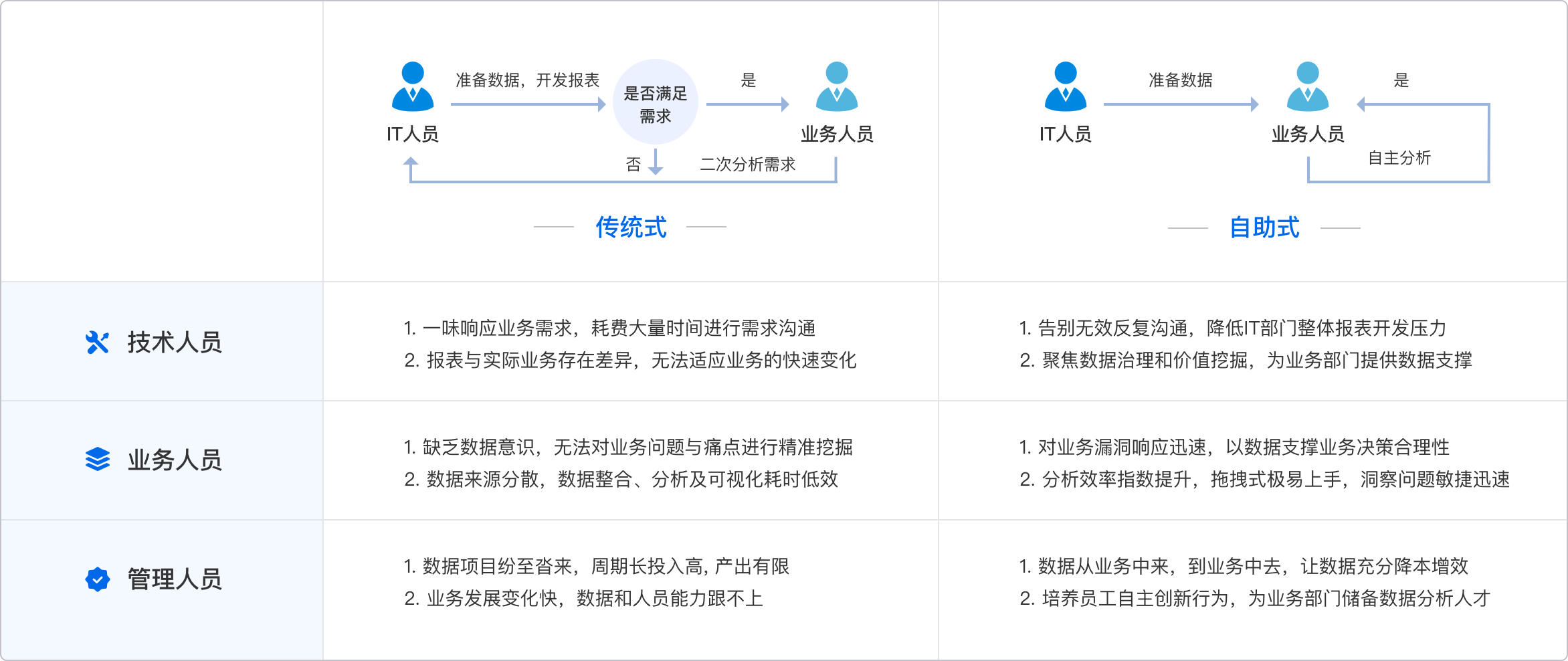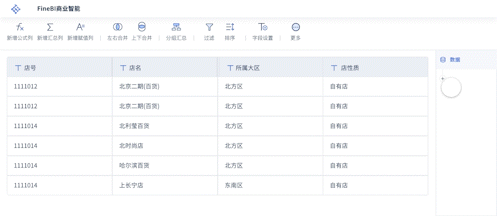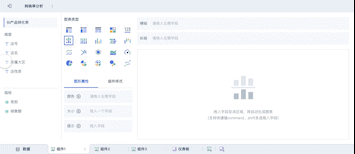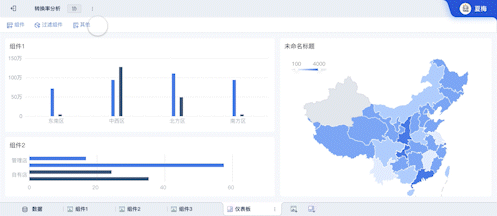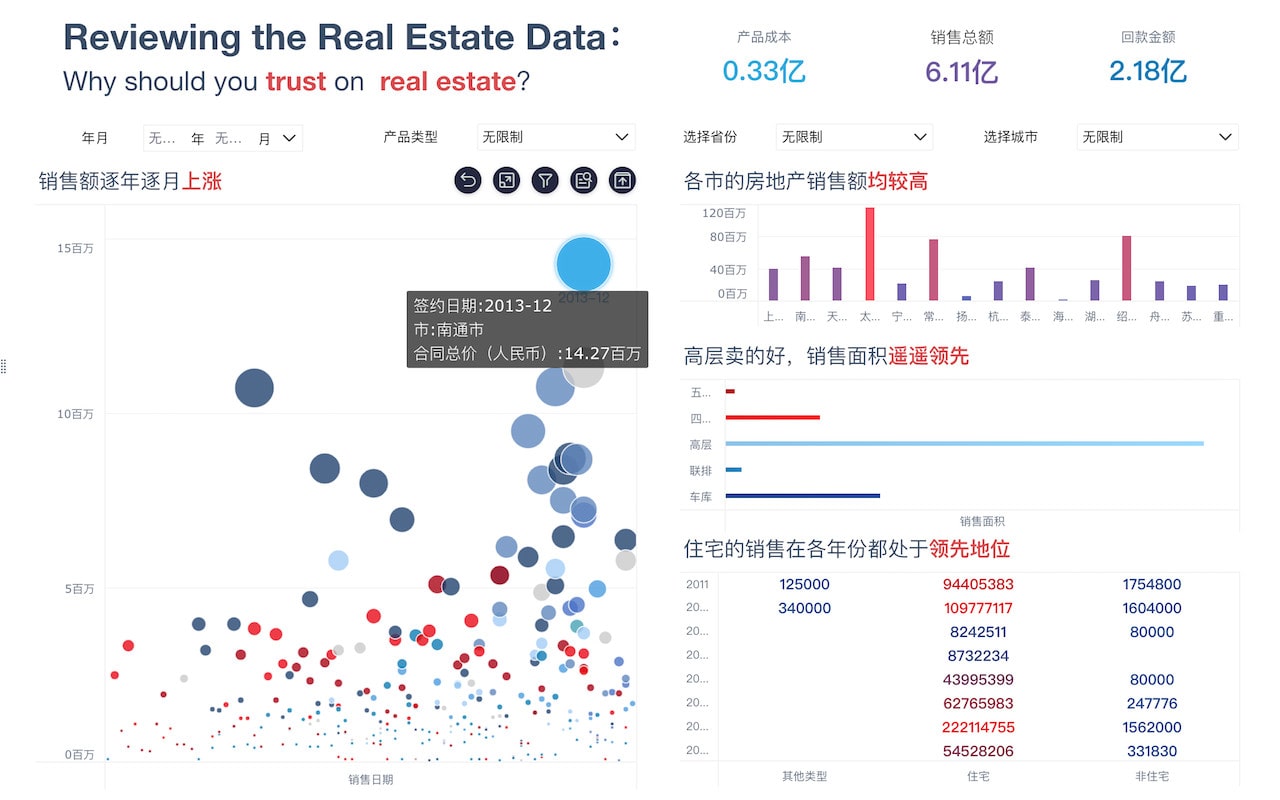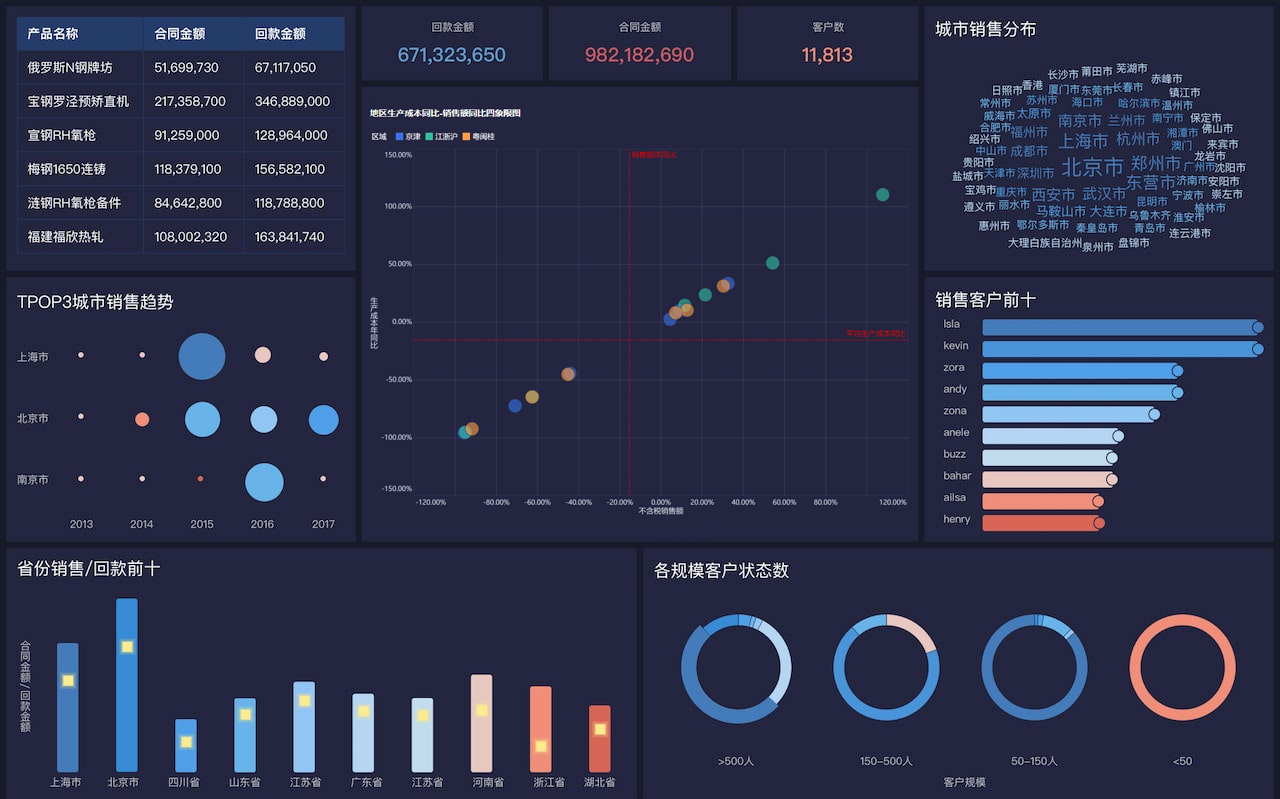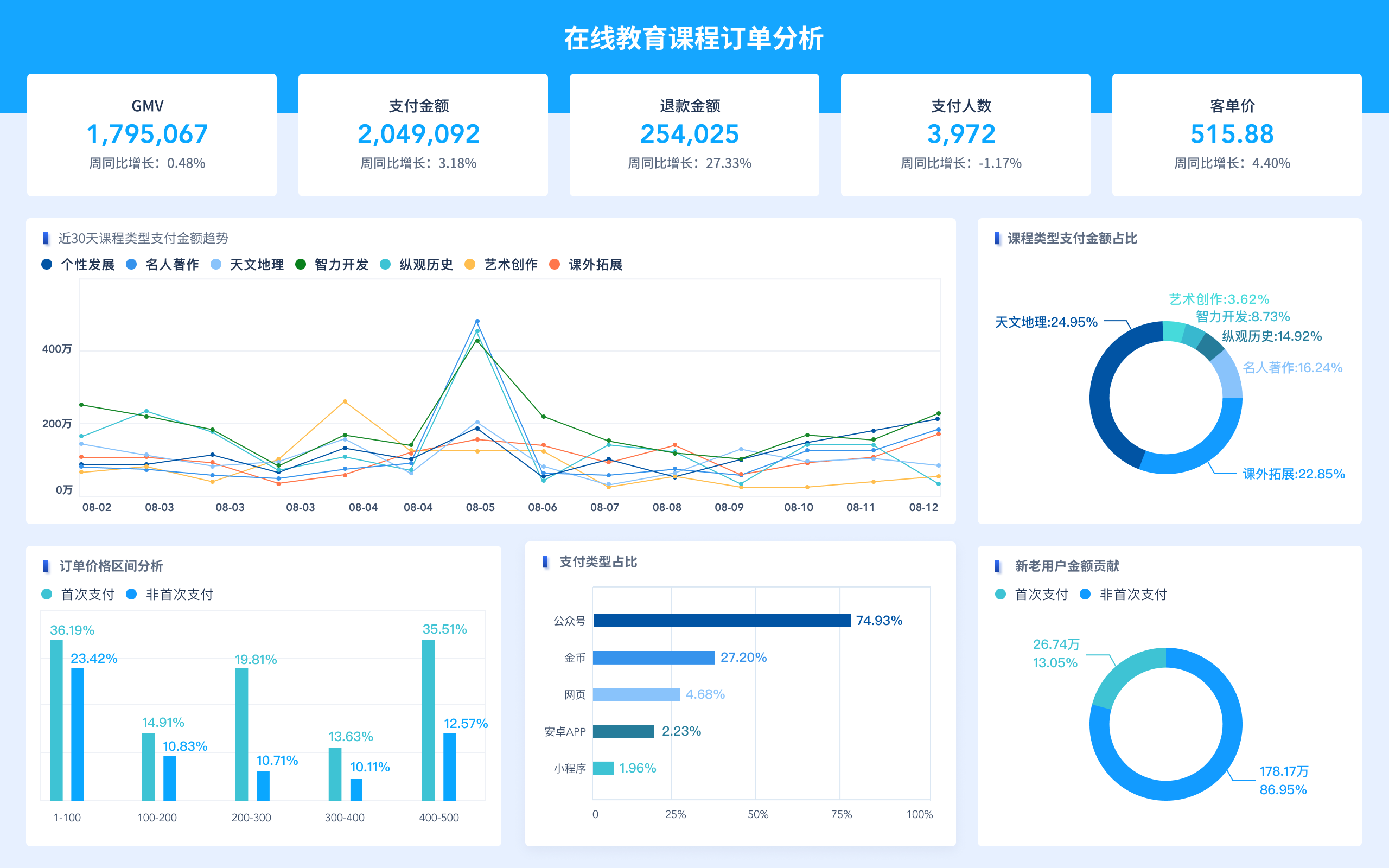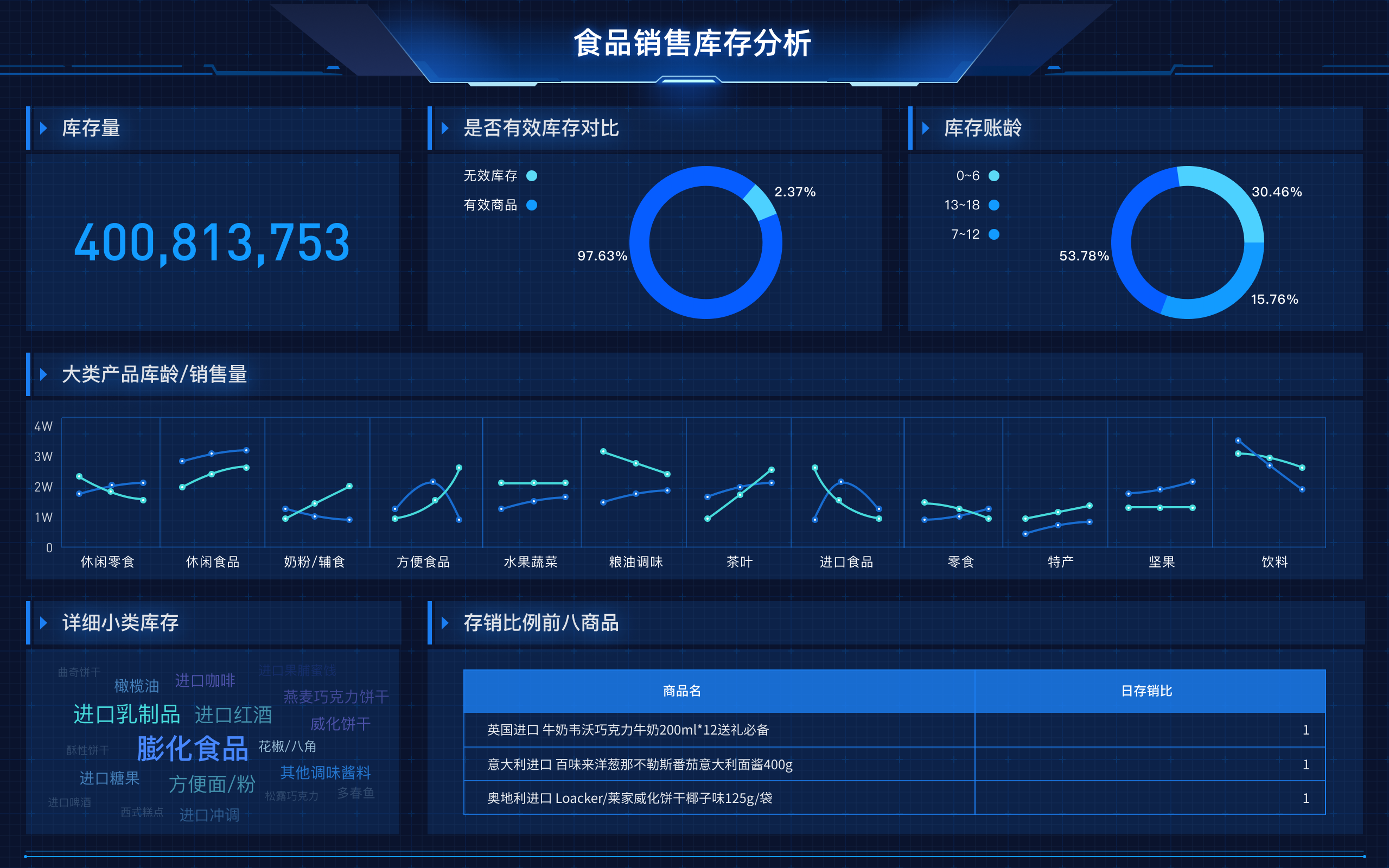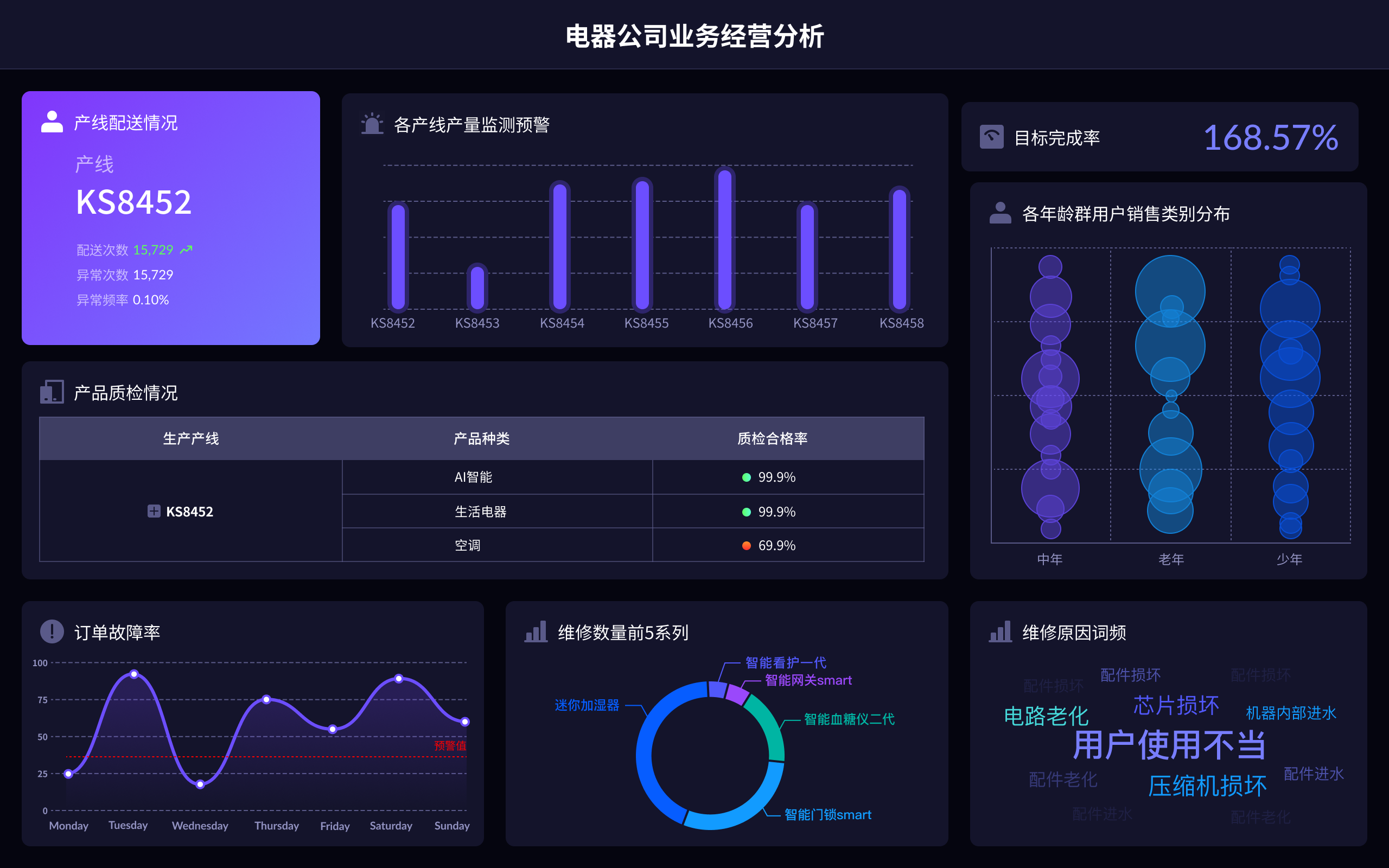
In English, "项目市场分析" can be translated to "Project Market Analysis."
Project Market Analysis involves the systematic study and evaluation of the market conditions related to a specific project. It is a crucial step in understanding the demand, competition, and economic environment surrounding a particular project, enabling informed decision-making and strategic planning. Key aspects of Project Market Analysis include market demand, competitive landscape, target audience, and economic trends.
I. UNDERSTANDING MARKET DEMAND
Understanding market demand is crucial for any project. This involves assessing the potential need for the product or service that the project will deliver. Market demand analysis helps identify the size of the market, growth trends, and customer needs. By analyzing current demand and forecasting future trends, businesses can tailor their strategies to meet market needs effectively. Surveys, focus groups, and market research reports are commonly used tools to gauge market demand.
II. ANALYZING THE COMPETITIVE LANDSCAPE
A comprehensive analysis of the competitive landscape helps in identifying the major players in the market, their strengths, weaknesses, market share, and strategies. Competitor analysis involves studying competitors’ products, pricing, marketing strategies, and customer feedback. This information is crucial for positioning your project effectively in the market. Tools such as SWOT analysis (Strengths, Weaknesses, Opportunities, and Threats) can be particularly useful in understanding the competitive environment.
III. IDENTIFYING THE TARGET AUDIENCE
Identifying and understanding the target audience is fundamental for the success of any project. This involves segmenting the market based on demographics, psychographics, and behavioral characteristics. Target audience analysis helps in tailoring marketing strategies and product offerings to meet the specific needs and preferences of the intended audience. By creating detailed customer personas, businesses can develop more effective marketing campaigns and product features that resonate with their target market.
IV. ECONOMIC TRENDS AND ENVIRONMENT
Economic trends and the overall economic environment play a significant role in project market analysis. Factors such as inflation rates, interest rates, economic growth, and employment rates can affect market conditions. Analyzing economic trends helps in understanding the broader economic factors that could impact the project. This includes studying economic indicators, government policies, and global economic conditions that may influence market behavior.
V. UTILIZING FINEBI FOR MARKET ANALYSIS
Incorporating advanced tools like FineBI can significantly enhance the accuracy and efficiency of market analysis. FineBI is a powerful business intelligence tool that provides comprehensive data analysis and visualization capabilities. With FineBI, businesses can easily analyze market trends, generate insightful reports, and make data-driven decisions. It allows for the integration of various data sources, providing a holistic view of the market conditions. FineBI’s intuitive interface and advanced analytics features make it an invaluable tool for conducting in-depth market analysis.
For more information on FineBI, you can visit the official website here: FineBI官网: https://s.fanruan.com/f459r;
VI. DEVELOPING STRATEGIC RECOMMENDATIONS
Based on the insights gathered from the market analysis, businesses can develop strategic recommendations to guide the project. Strategic recommendations may include product positioning, pricing strategies, marketing campaigns, and potential partnerships. By aligning the project goals with market conditions and customer needs, businesses can enhance their competitive advantage and increase the likelihood of project success.
VII. MONITORING AND UPDATING MARKET ANALYSIS
Market conditions are dynamic and constantly evolving. Regular monitoring and updating of market analysis are essential to stay relevant and competitive. This involves tracking market trends, customer preferences, and competitor activities. By continuously gathering and analyzing data, businesses can adapt their strategies to changing market conditions and maintain a competitive edge. FineBI can be particularly useful in this ongoing monitoring process, providing real-time data and analytics to inform decision-making.
VIII. CASE STUDIES AND PRACTICAL APPLICATIONS
Examining case studies and real-world applications of project market analysis can provide valuable insights and practical knowledge. Case studies highlight successful strategies and common pitfalls, offering lessons that can be applied to your own projects. By studying how other businesses have navigated market challenges and leveraged opportunities, you can gain a deeper understanding of effective market analysis practices.
IX. LEVERAGING TECHNOLOGY AND DATA ANALYTICS
The use of technology and data analytics is revolutionizing the field of market analysis. Advanced data analytics tools and technologies enable businesses to process large volumes of data, uncover hidden patterns, and generate actionable insights. By leveraging technologies such as AI, machine learning, and big data analytics, businesses can enhance the accuracy and depth of their market analysis. FineBI is an example of a cutting-edge tool that can facilitate this process, providing robust analytics and visualization capabilities to support data-driven decision-making.
X. FUTURE TRENDS IN MARKET ANALYSIS
The field of market analysis is continually evolving, with new trends and technologies shaping its future. Emerging trends include the increased use of AI and machine learning, the growing importance of real-time data, and the integration of advanced analytics tools. Staying abreast of these trends and incorporating them into your market analysis practices can provide a competitive advantage. FineBI, with its advanced features and capabilities, is well-positioned to support businesses in navigating these future trends and achieving success in their market analysis efforts.
In conclusion, project market analysis is a critical component of strategic planning and decision-making. By understanding market demand, analyzing the competitive landscape, identifying the target audience, and leveraging advanced tools like FineBI, businesses can make informed decisions and achieve project success. Regular monitoring and updating of market analysis, coupled with strategic recommendations and the application of technology, can further enhance the effectiveness of market analysis efforts. For more insights and to explore the capabilities of FineBI, visit the official website: FineBI官网: https://s.fanruan.com/f459r;
相关问答FAQs:
“项目市场分析”在英文中通常翻译为“Project Market Analysis”。这是一个用于描述对特定项目或产品在市场上表现进行深入研究和评估的术语。该分析通常包括对市场需求、竞争对手、目标客户、市场趋势等方面的研究,以帮助企业或组织制定有效的市场策略。
以下是基于“项目市场分析”的三个常见问题及其详细回答:
1. What is the purpose of a Project Market Analysis?
A Project Market Analysis serves multiple purposes within the scope of business strategy and project management. Primarily, it aims to assess the viability of a project by examining the market landscape in which it will operate. This involves identifying potential customer segments, understanding their needs and preferences, and evaluating the competition.
By conducting a thorough market analysis, businesses can make informed decisions regarding product development, pricing strategies, and promotional tactics. The insights gleaned from this analysis can also help organizations to mitigate risks by identifying potential challenges and opportunities in the market. Ultimately, the goal is to align the project with market demands and maximize its chances of success.
2. What key components should be included in a Project Market Analysis?
A comprehensive Project Market Analysis should encompass several key components to provide a holistic view of the market environment. These components typically include:
-
Market Size and Growth Rate: Understanding the size of the market and its growth trajectory helps to gauge the potential for a project. This includes analyzing historical data and forecasting future trends.
-
Target Audience: Identifying and profiling the target audience is critical. This involves segmenting the market based on demographics, psychographics, and buying behavior to tailor marketing efforts effectively.
-
Competitive Analysis: A thorough examination of competitors is essential. This includes identifying direct and indirect competitors, analyzing their strengths and weaknesses, and understanding their market positioning.
-
Market Trends: Keeping abreast of market trends, such as technological advancements, consumer preferences, and regulatory changes, is vital for adapting strategies and maintaining competitiveness.
-
SWOT Analysis: A SWOT (Strengths, Weaknesses, Opportunities, Threats) analysis provides a structured approach to evaluate both internal and external factors that may impact the project.
Including these components in a Project Market Analysis ensures that businesses have a well-rounded understanding of the market dynamics at play, enabling them to make strategic decisions that enhance the likelihood of project success.
3. How can businesses effectively conduct a Project Market Analysis?
Conducting a Project Market Analysis involves a systematic approach that combines both qualitative and quantitative research methods. Businesses can follow these steps to ensure an effective analysis:
-
Define Objectives: Clearly outline the goals of the analysis. This could range from understanding market demand to identifying potential barriers to entry.
-
Gather Data: Utilize various sources of data, such as industry reports, market surveys, and competitor analysis. Primary research, such as interviews and focus groups, can provide valuable insights directly from potential customers.
-
Analyze Data: Employ analytical tools and techniques to interpret the data collected. This may involve statistical analysis to identify trends and patterns or qualitative analysis to understand consumer sentiments.
-
Compile Findings: Summarize the key insights from the analysis in a structured report. Highlight critical findings, actionable recommendations, and strategic implications for the project.
-
Review and Adjust: Finally, continuously monitor the market and revisit the analysis periodically. Markets are dynamic, and staying informed allows businesses to adapt their strategies in response to changing conditions.
By following these steps, businesses can conduct a thorough Project Market Analysis that not only informs their strategies but also positions them for success in a competitive marketplace.
本文内容通过AI工具匹配关键字智能整合而成,仅供参考,帆软不对内容的真实、准确或完整作任何形式的承诺。具体产品功能请以帆软官方帮助文档为准,或联系您的对接销售进行咨询。如有其他问题,您可以通过联系blog@fanruan.com进行反馈,帆软收到您的反馈后将及时答复和处理。


